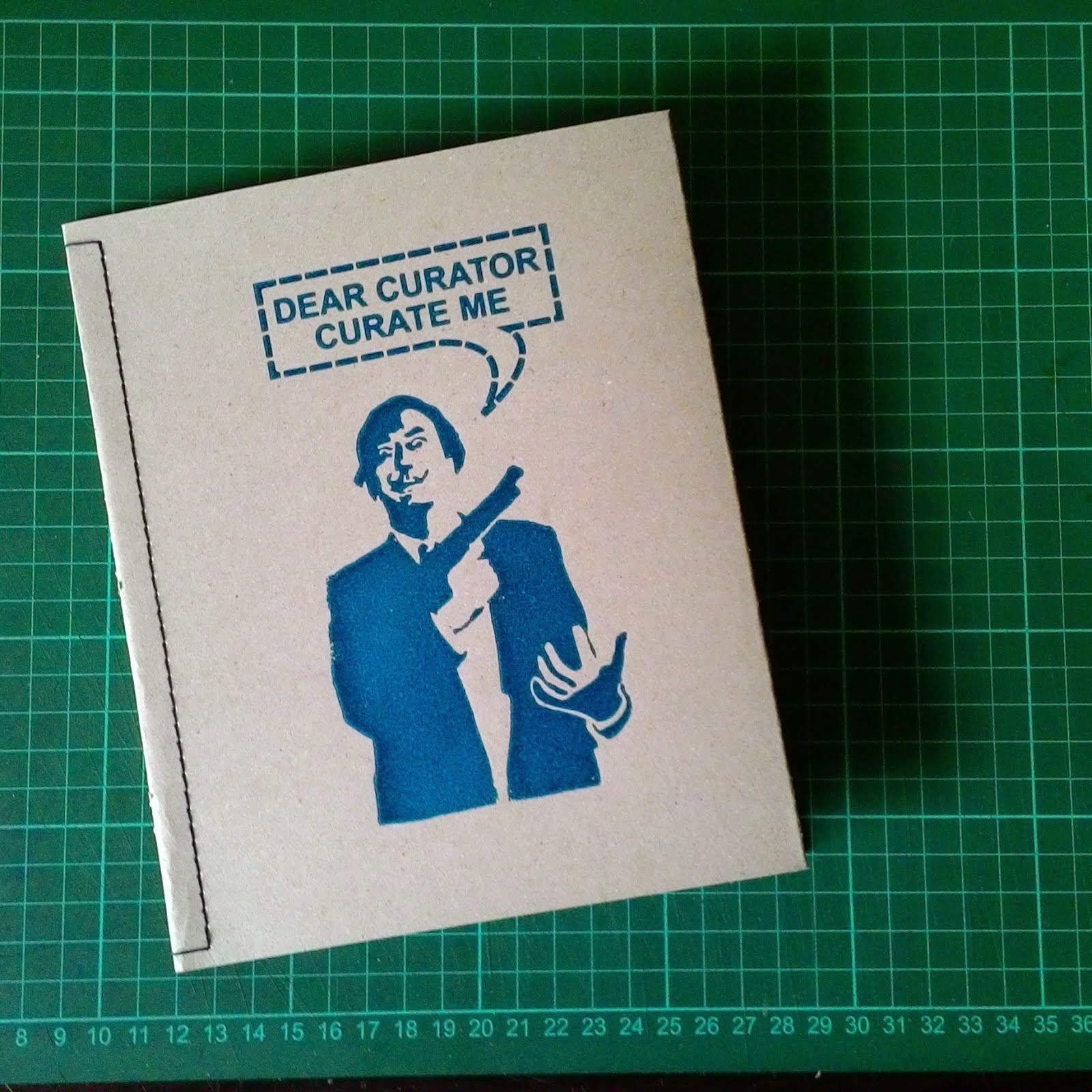
The mega metropolitan region that is Jakarta-Banten-Tangerang-Depok-Bogor-Bekasi is in many ways highly dysfunctional, the traffic, for example, is congested. But for slum dwellers this is a blessing in disguise: as soon as traffic comes to a halt the trading starts – from poetry readings to begging, from selling water to singing protest songs, from selling city maps to cleaning windshields – it is a miniature redistributive system (in the face of an absent or illegitimate state). The famous/notorious architect Rem Koolhaas (1944 born in Rotterdam, in the fifties he lived in Jakarta) sees congestion therefore as a virtue. But is it morally right to ask the slum dweller to accept the empirical given of the dysfunctional metropolis with its multiple congestions? Koolhaas says that people can live anywhere, because they do, and architecture has little impact on happiness. Somehow I think that the acceptance of the congested metropolis should be taken on the individual level to turn it into a ethical/aesthetical virtue, but that we are still in the need of a collective (state?) level to deal with the latter question and come up with political answers on access to potable water, housing, education spatial planning (sometimes this means leaving or making space empty, these areas are important in the rain season), legal certainty (land entitlements). That the problems of the generic city are so vast does not – should not – mean we shouldn’t try to come up with piecemeal solutions (but without blue print). The slum dweller is trying to make something out of a bad situation, he has no choice, should that mean we have to accept his situation as a virtue?
.JPG)

























